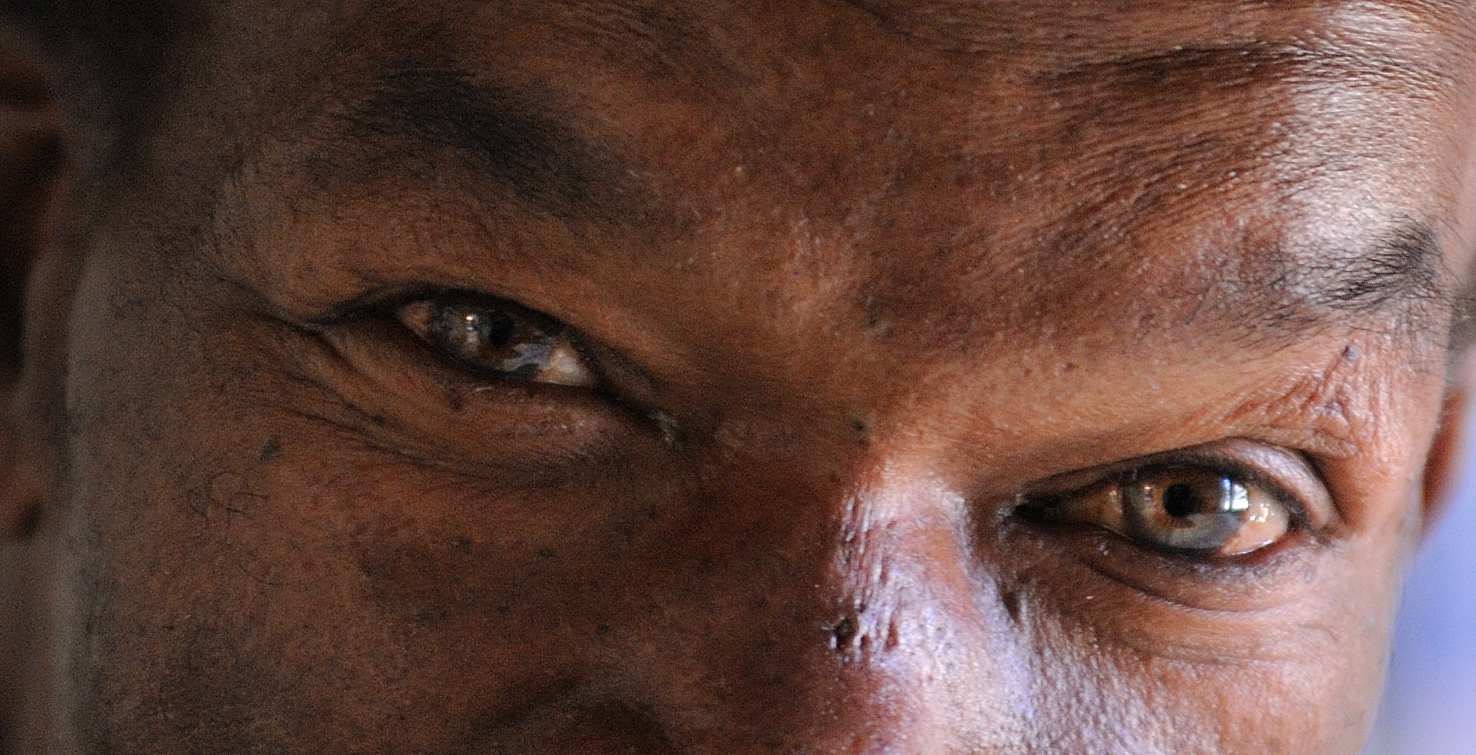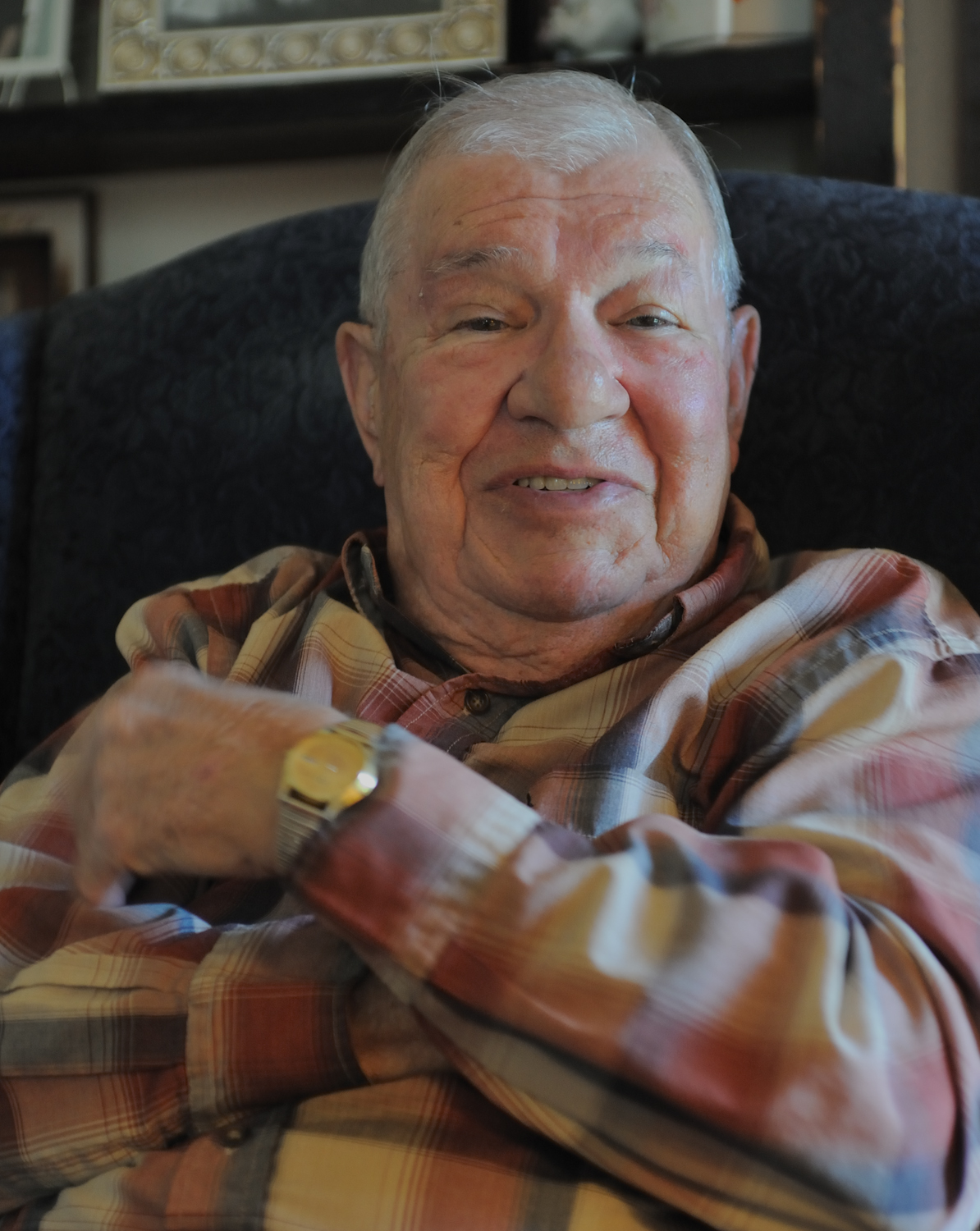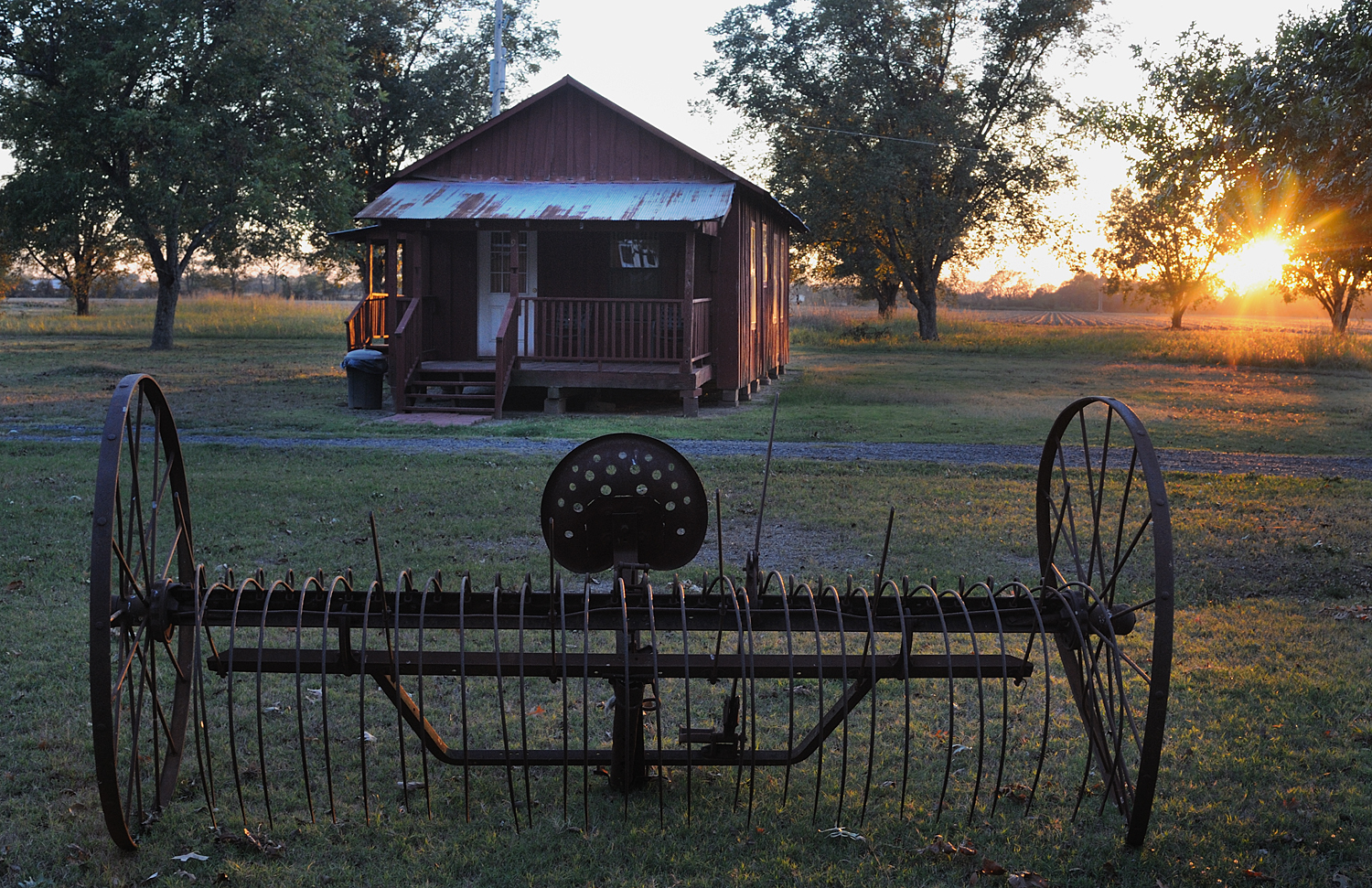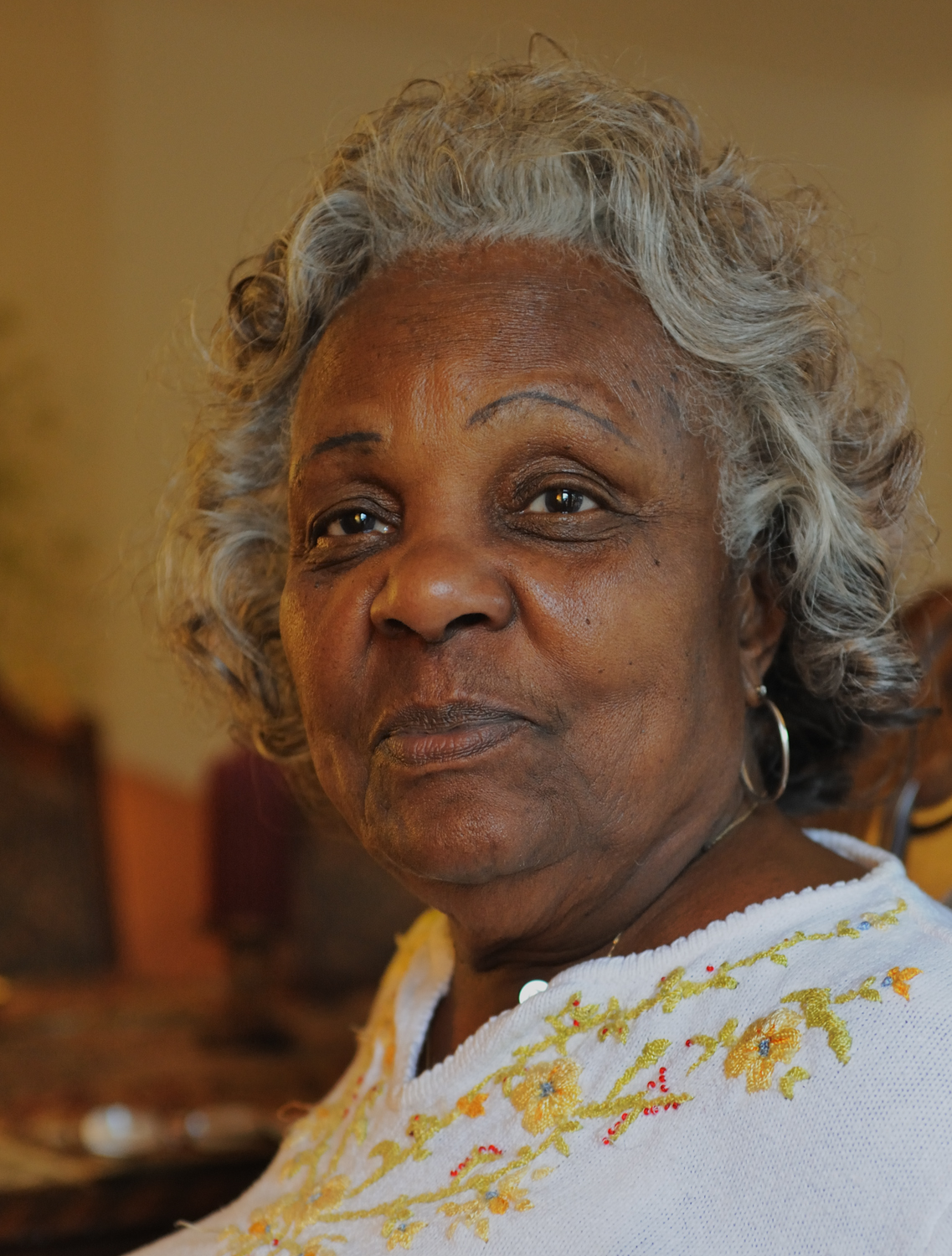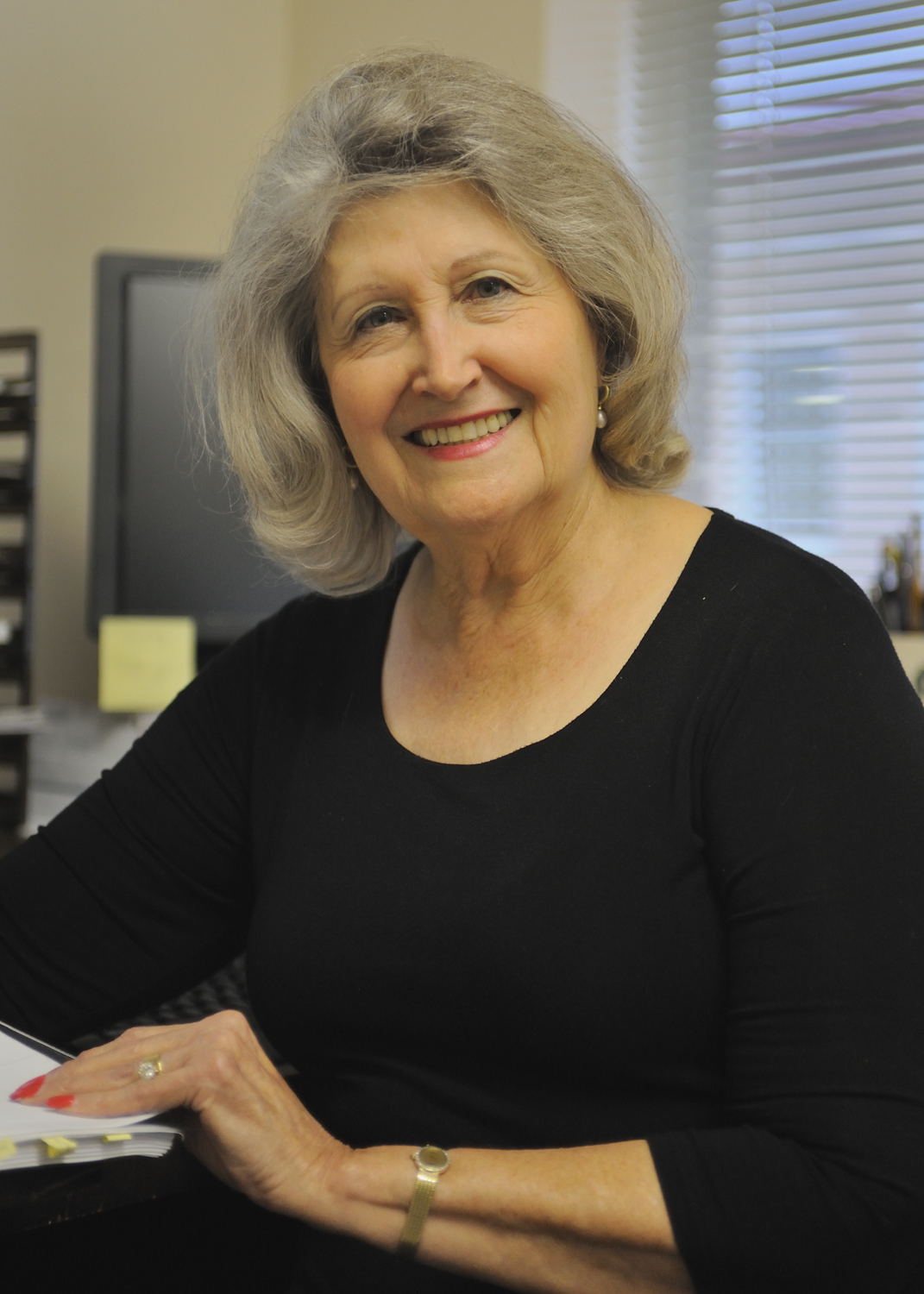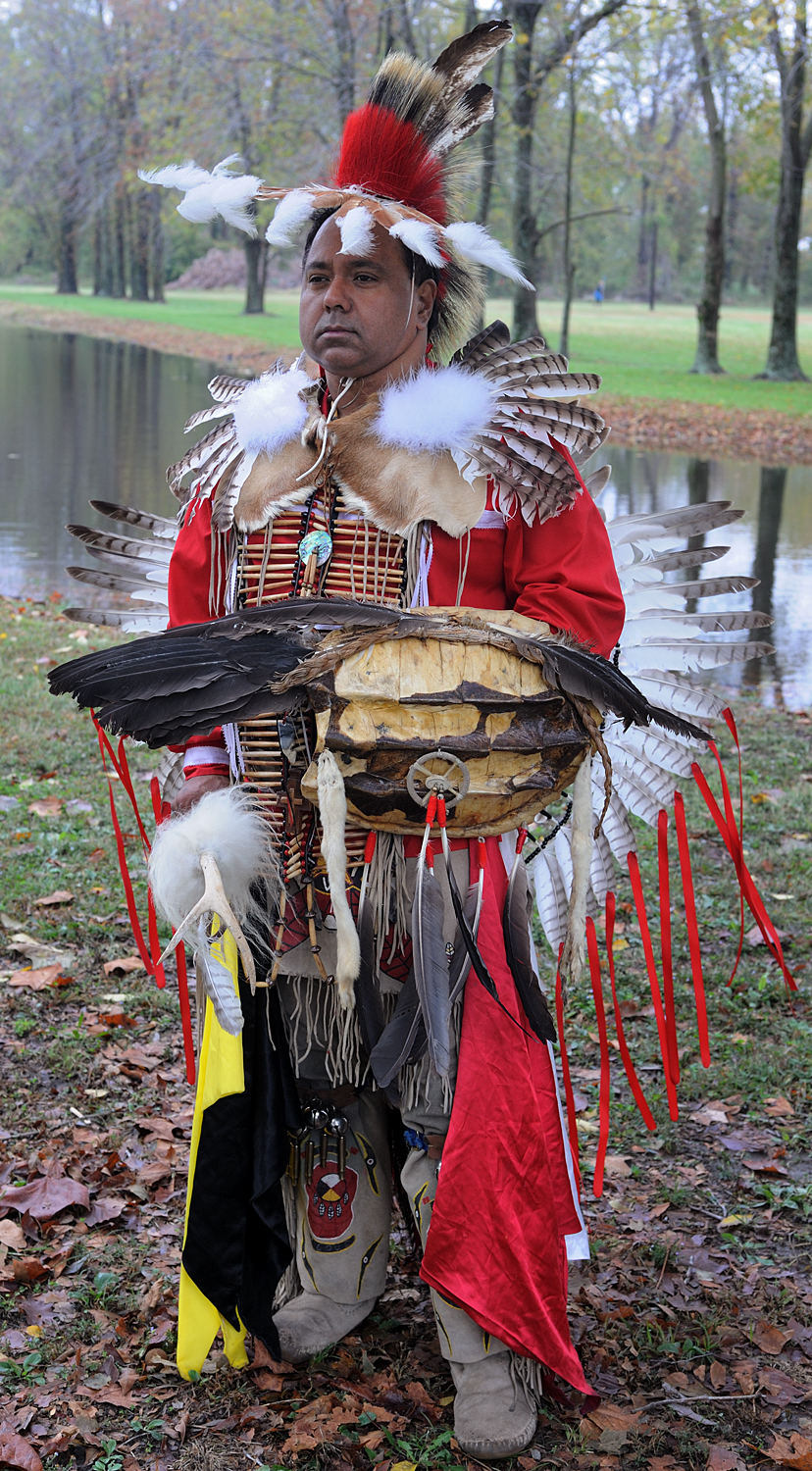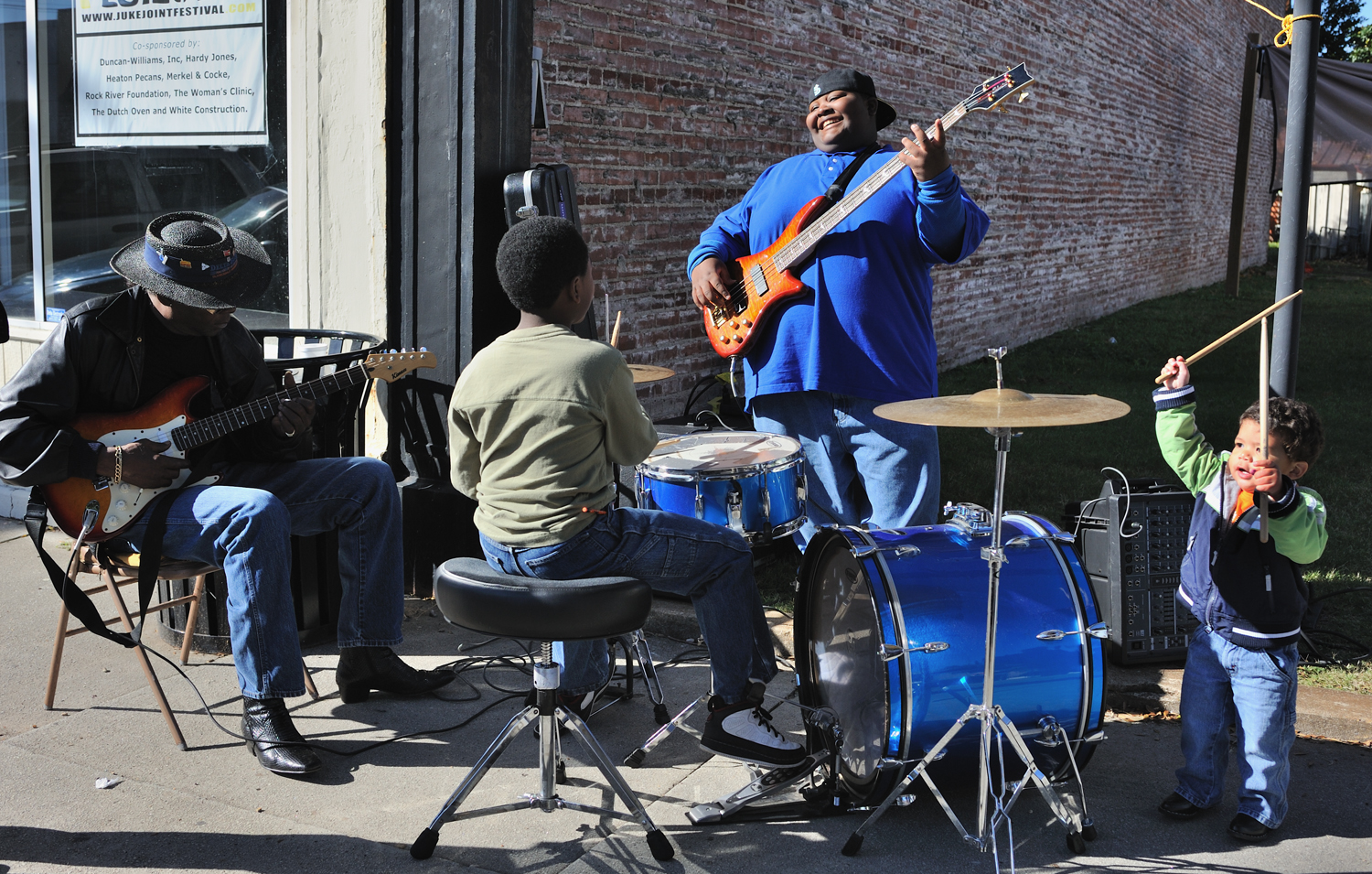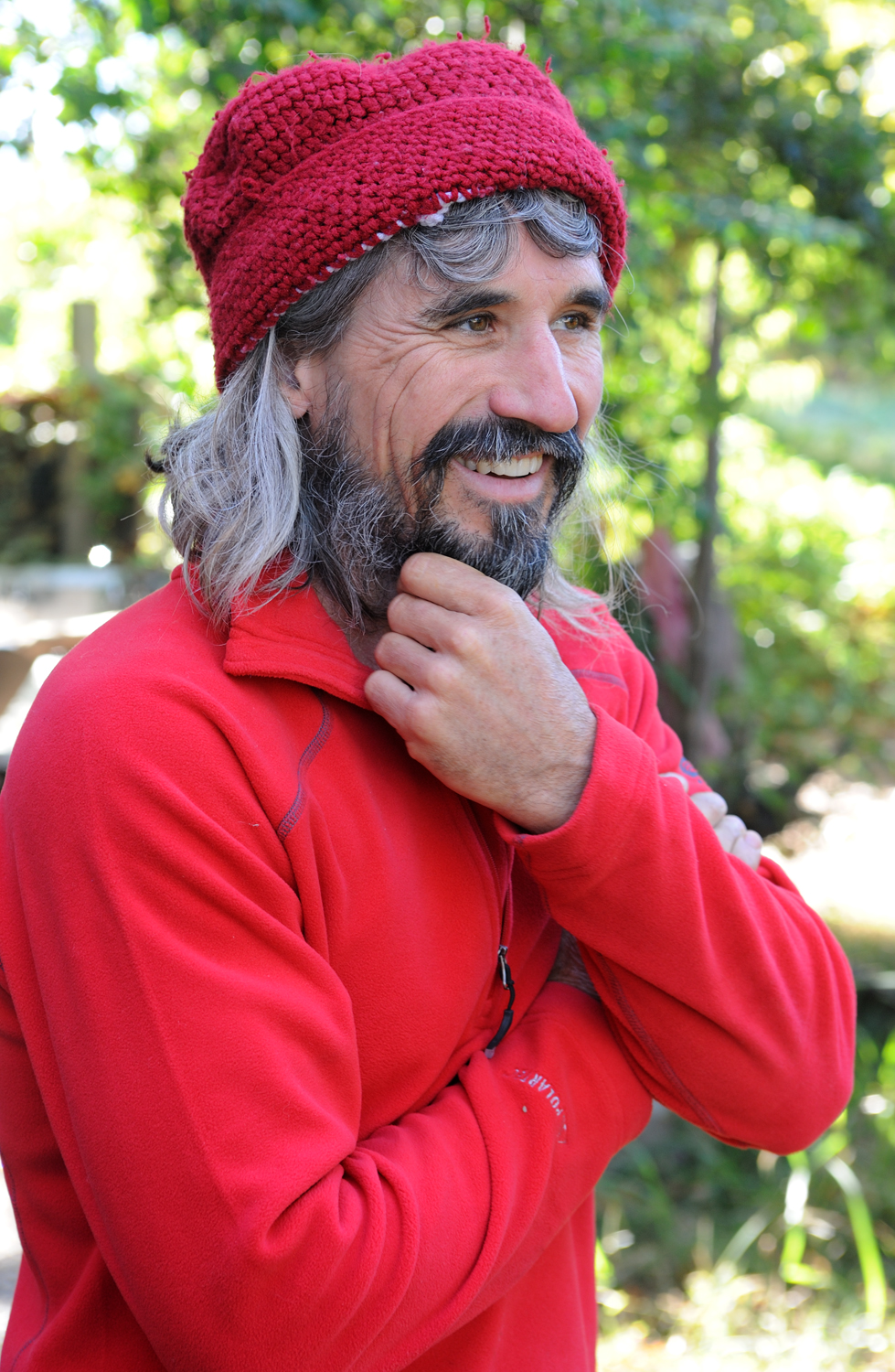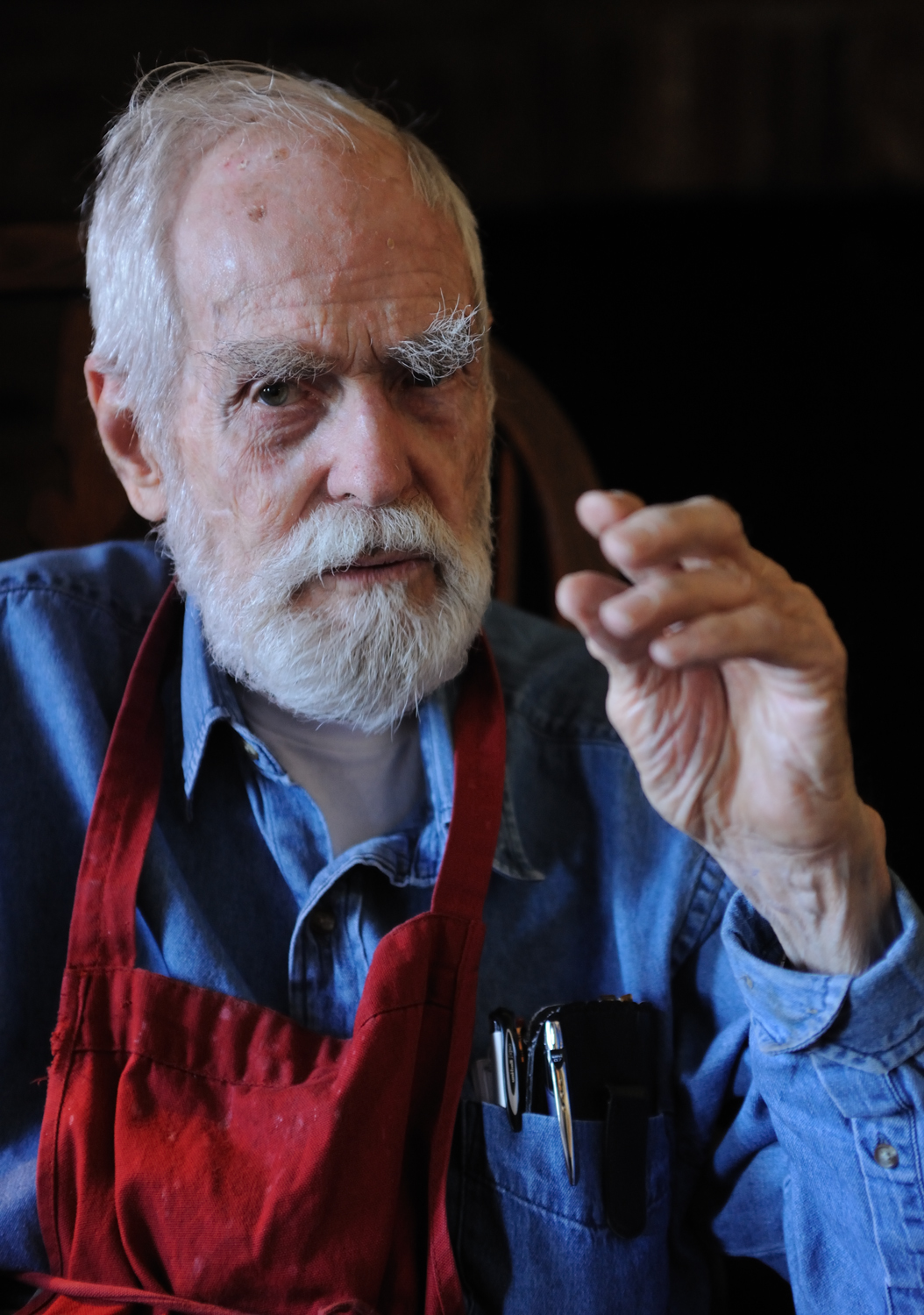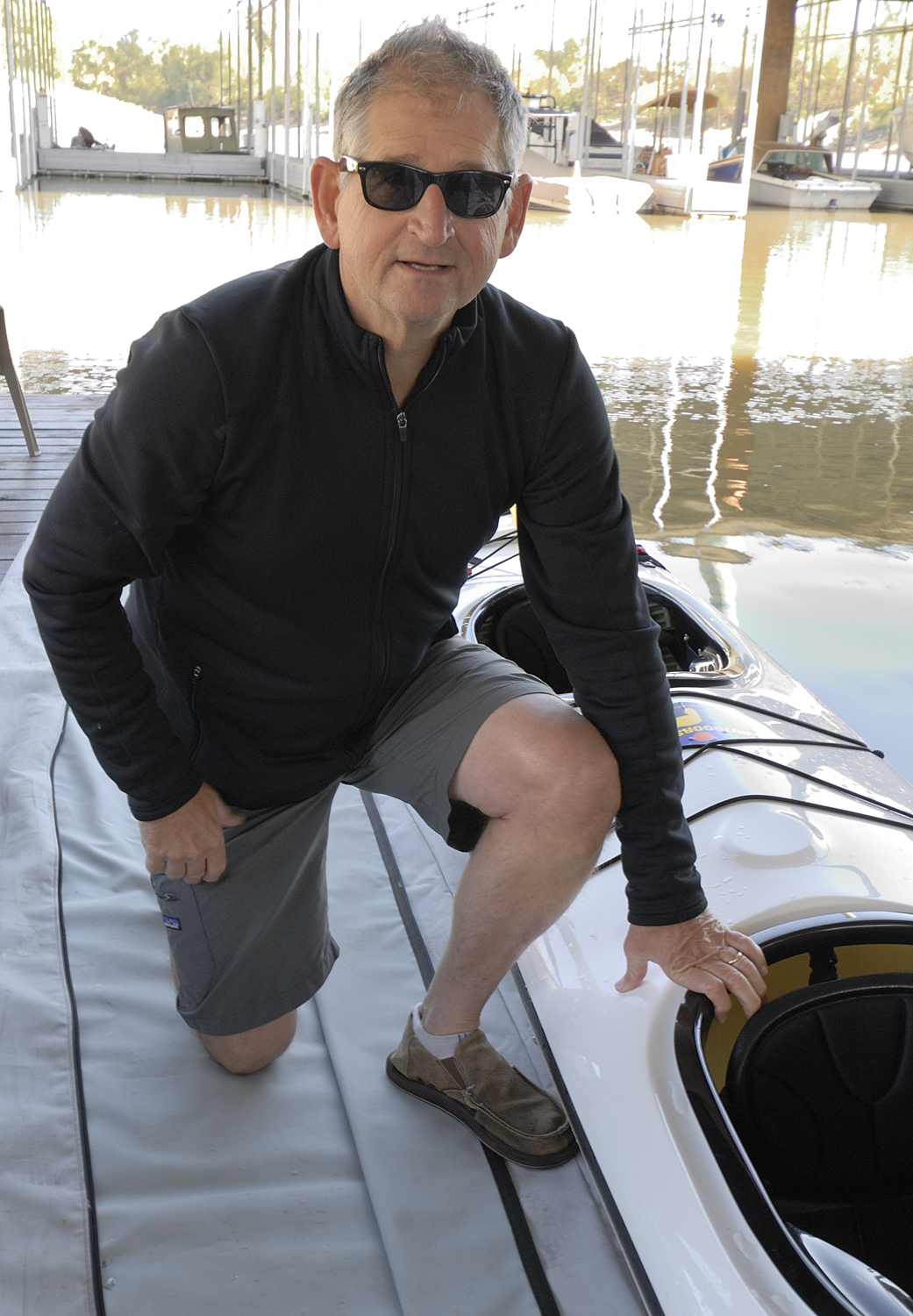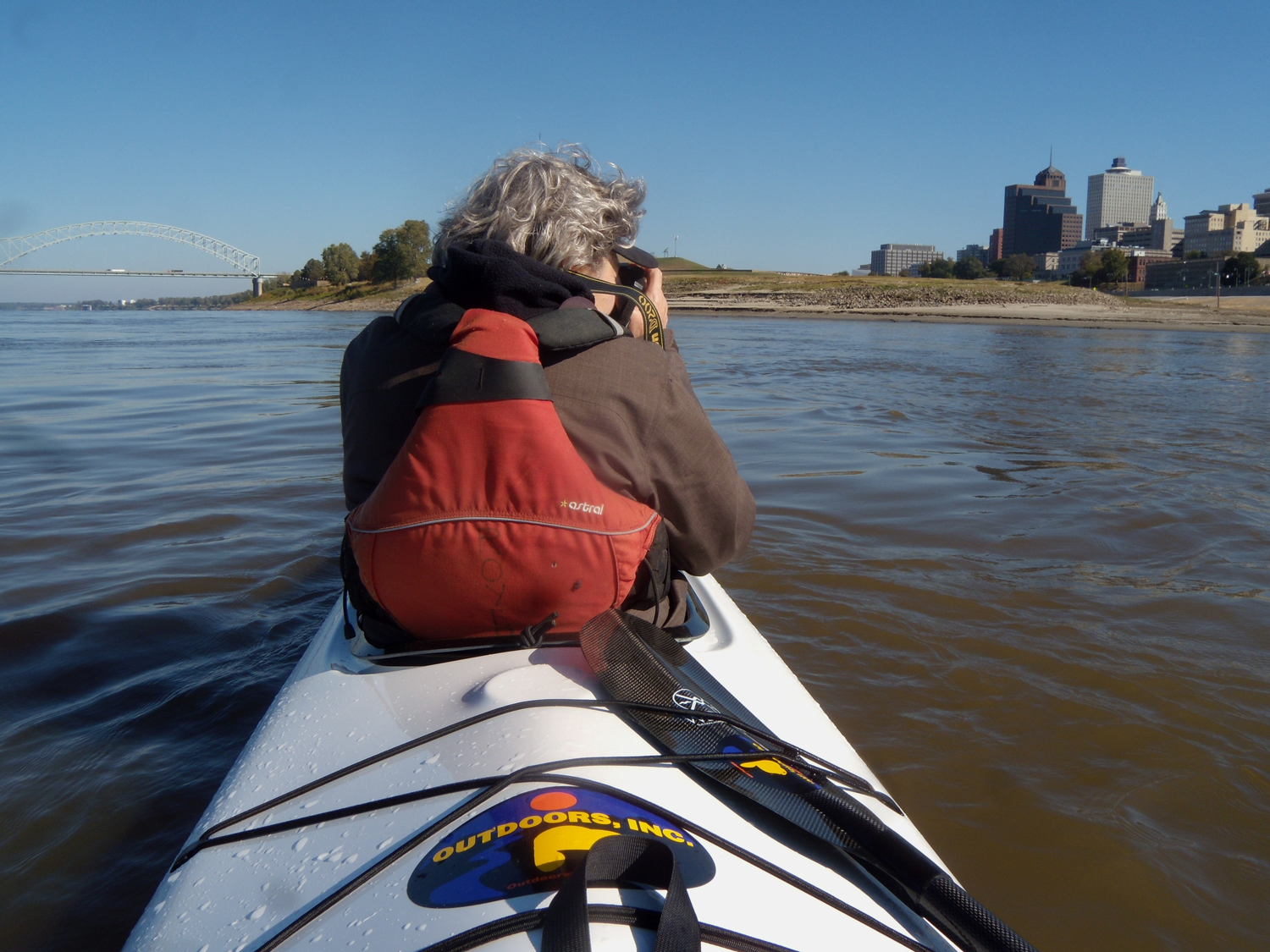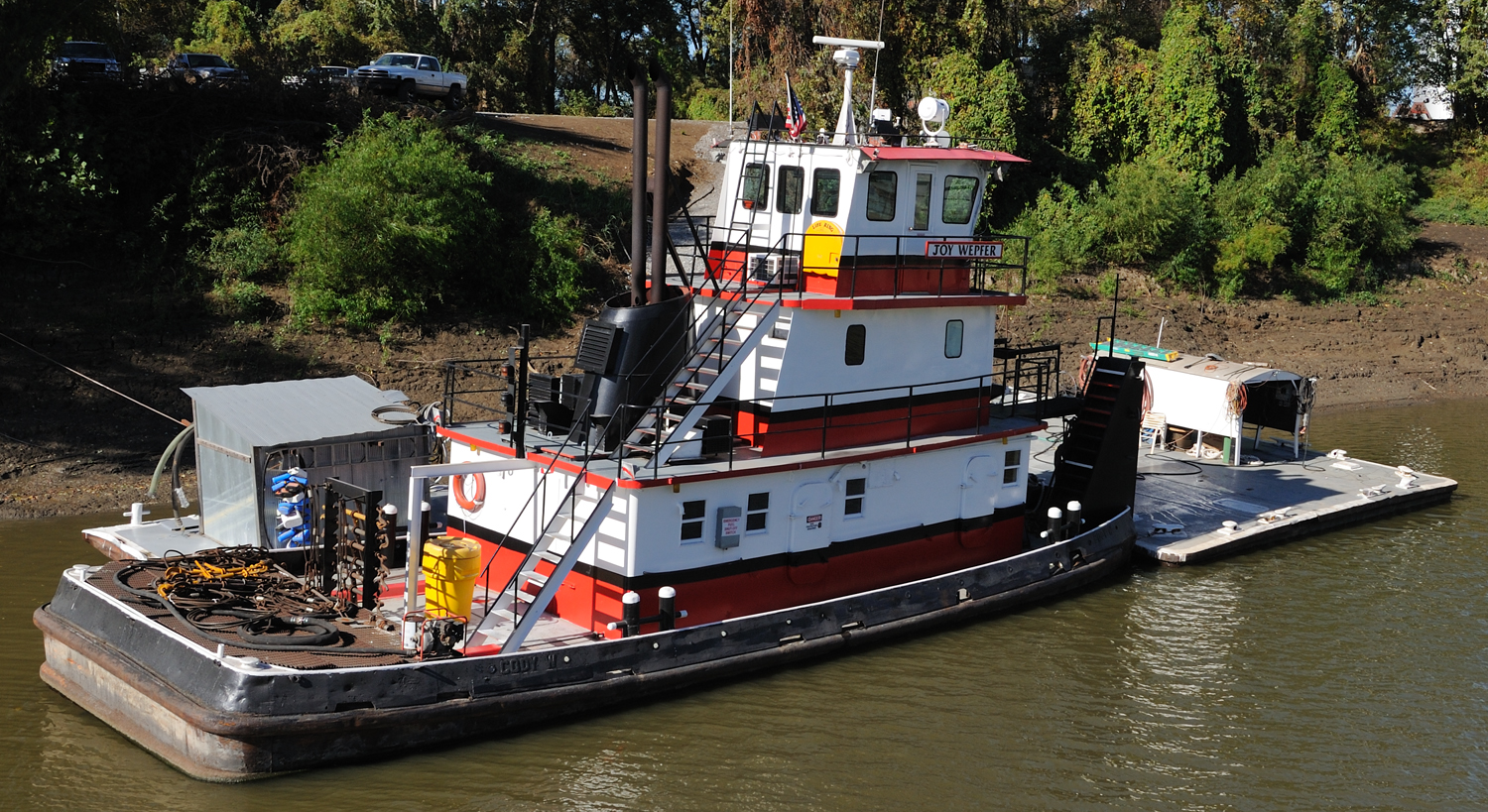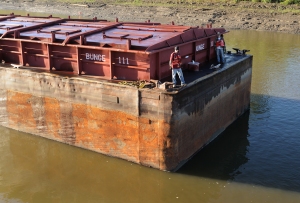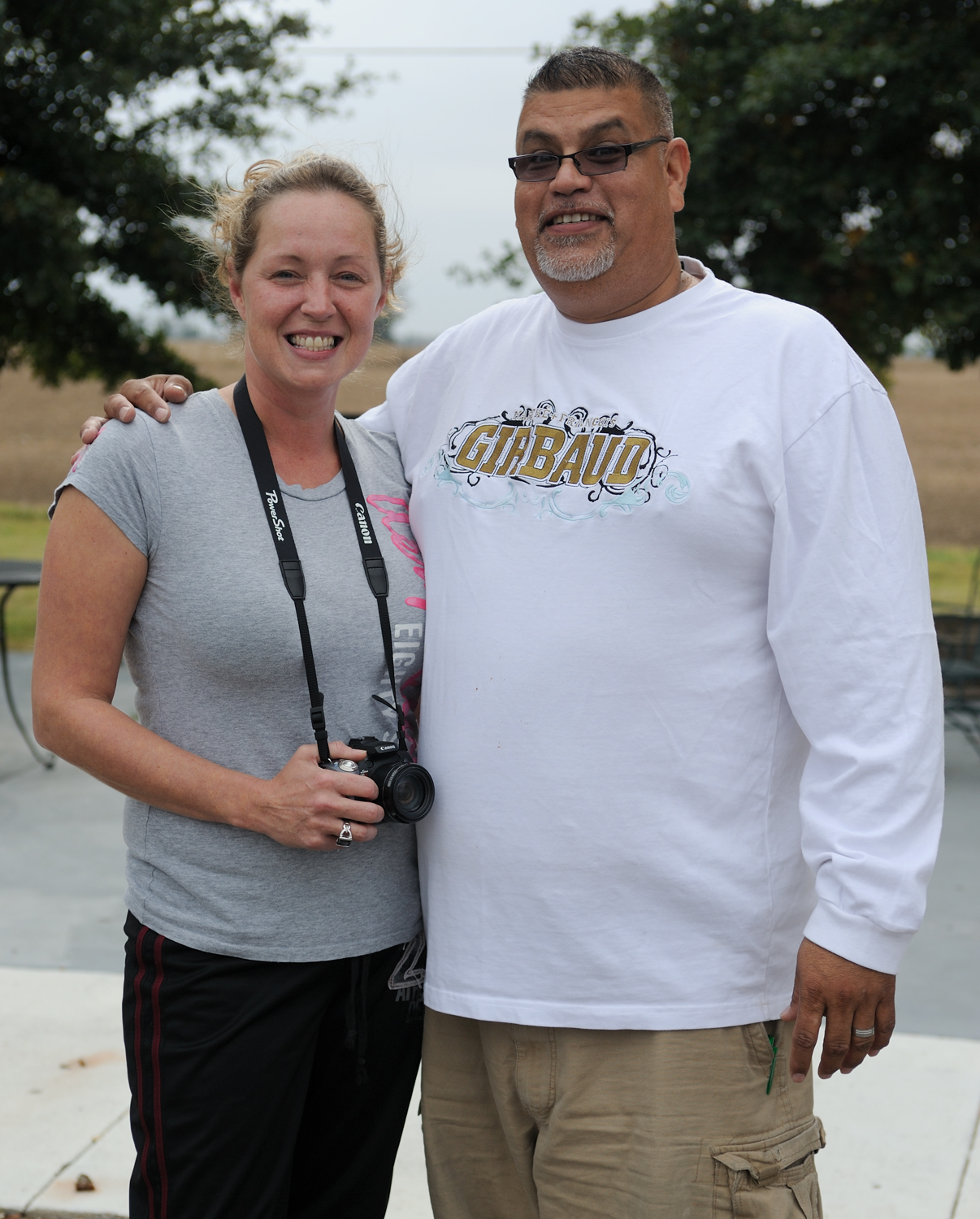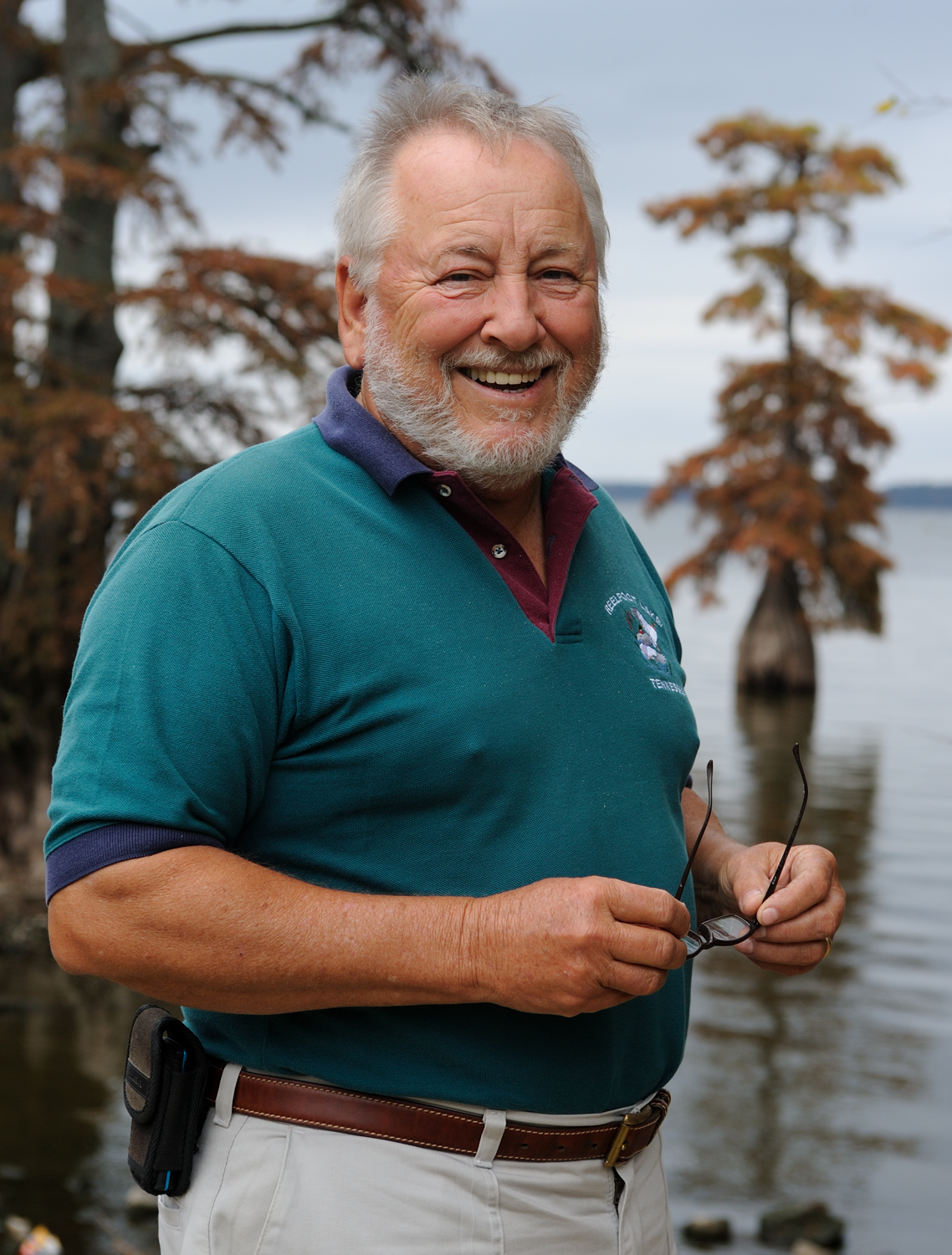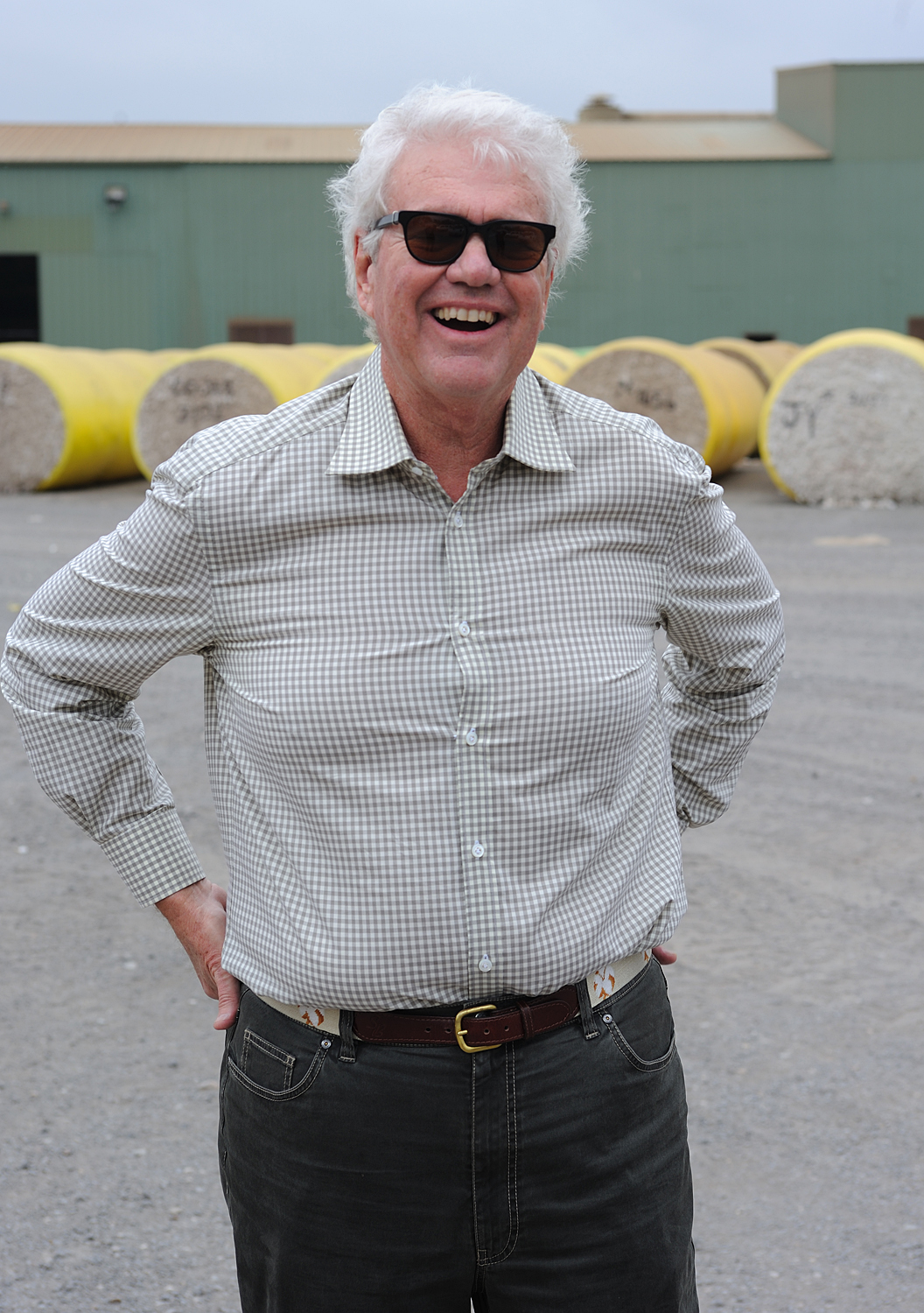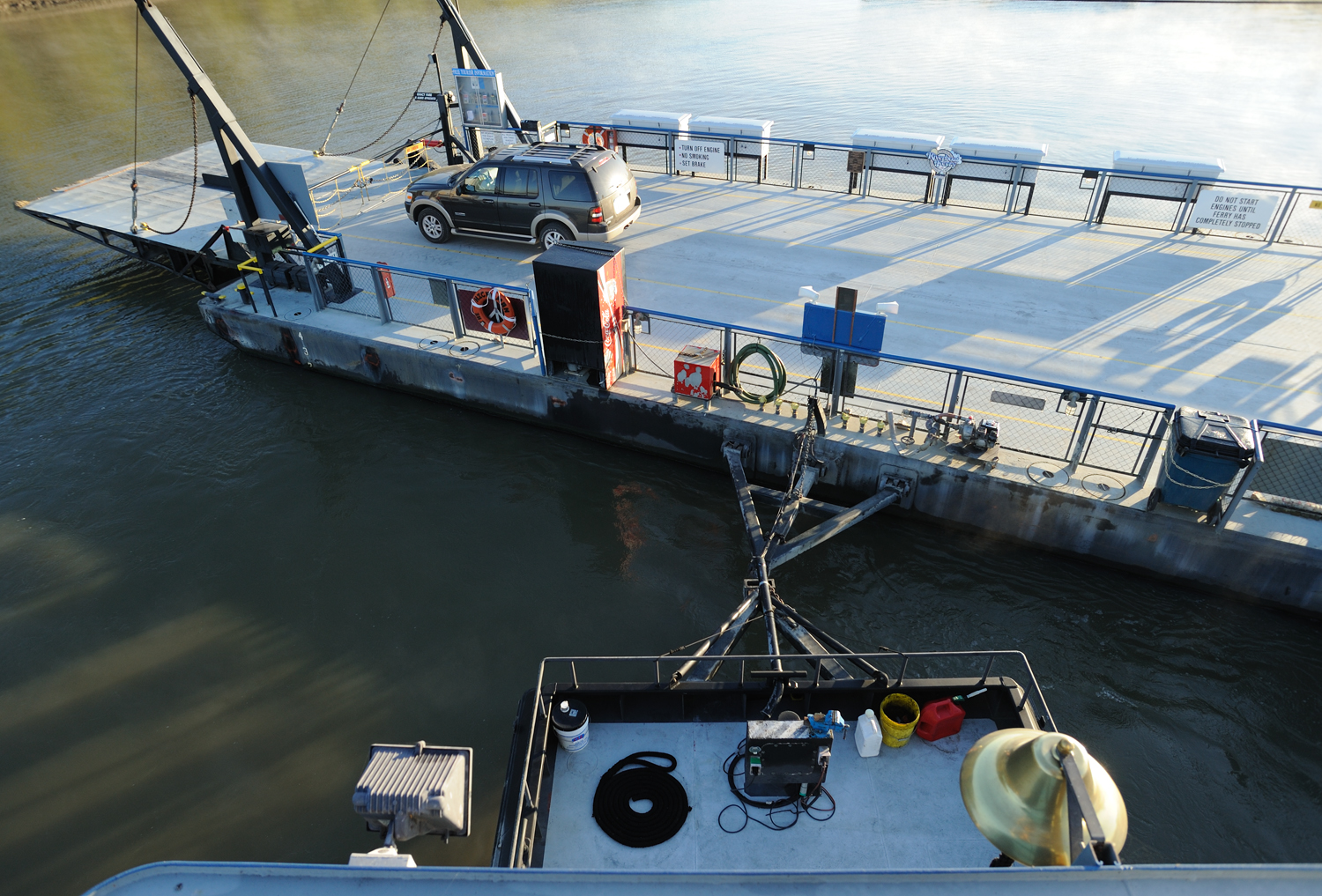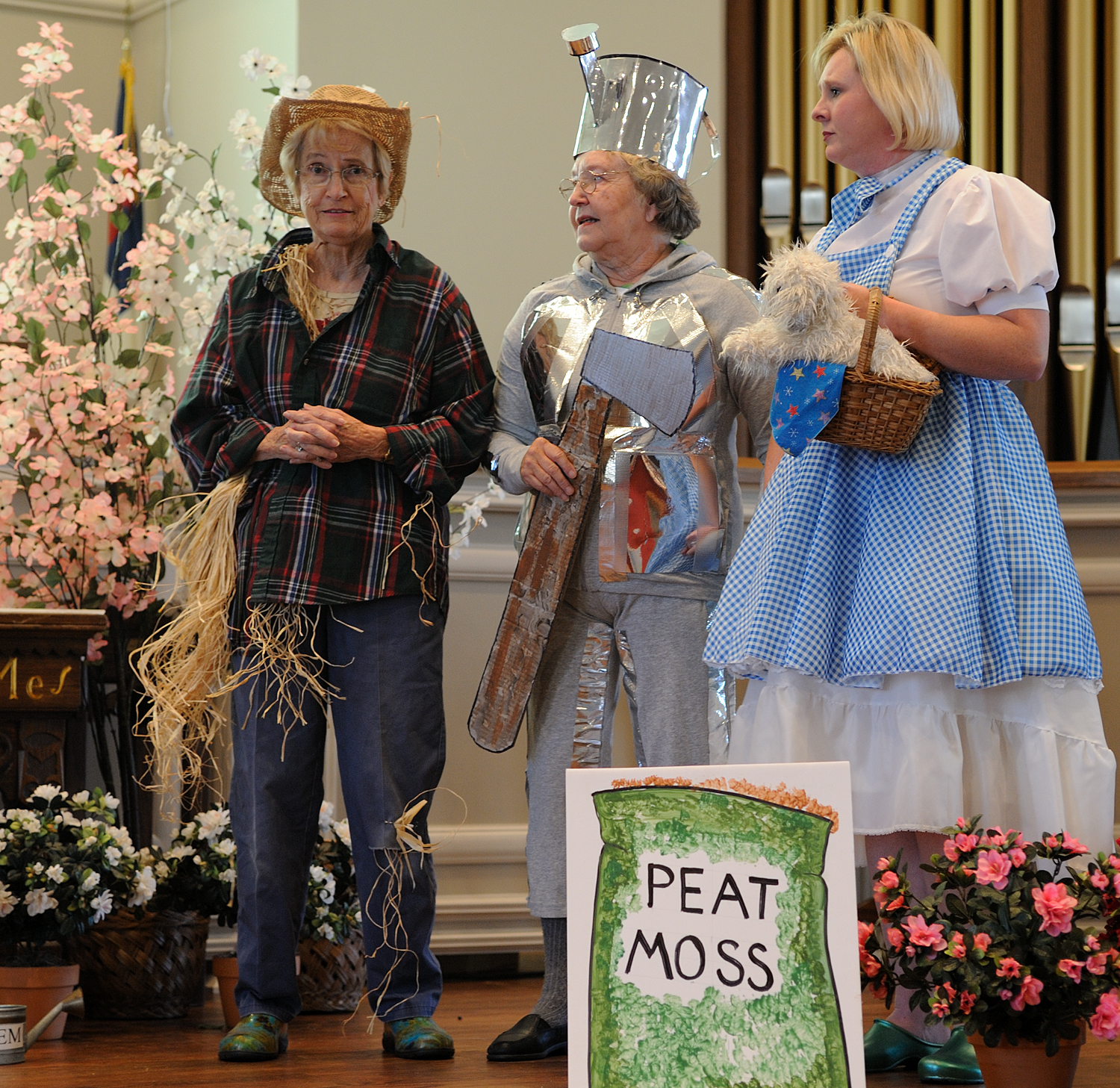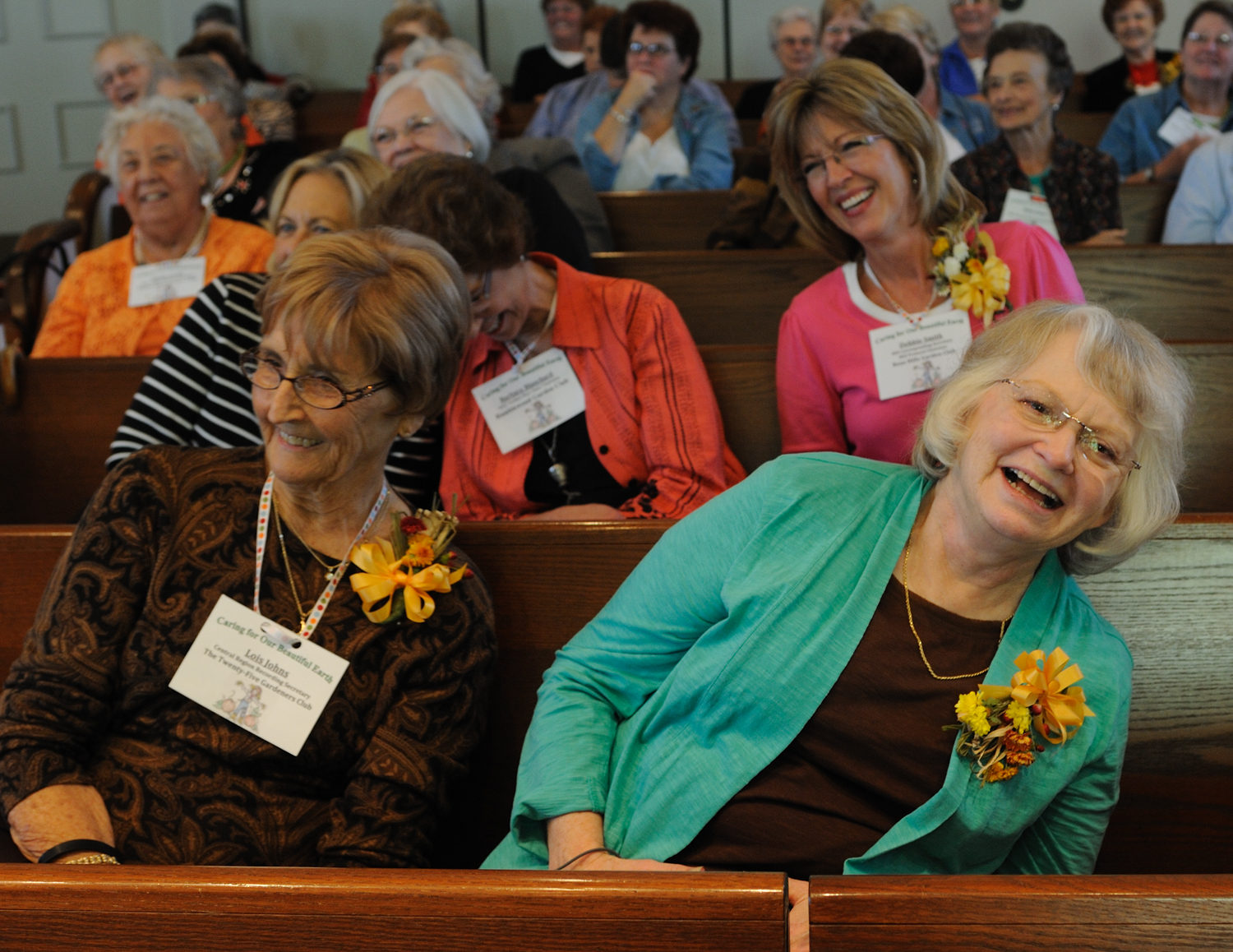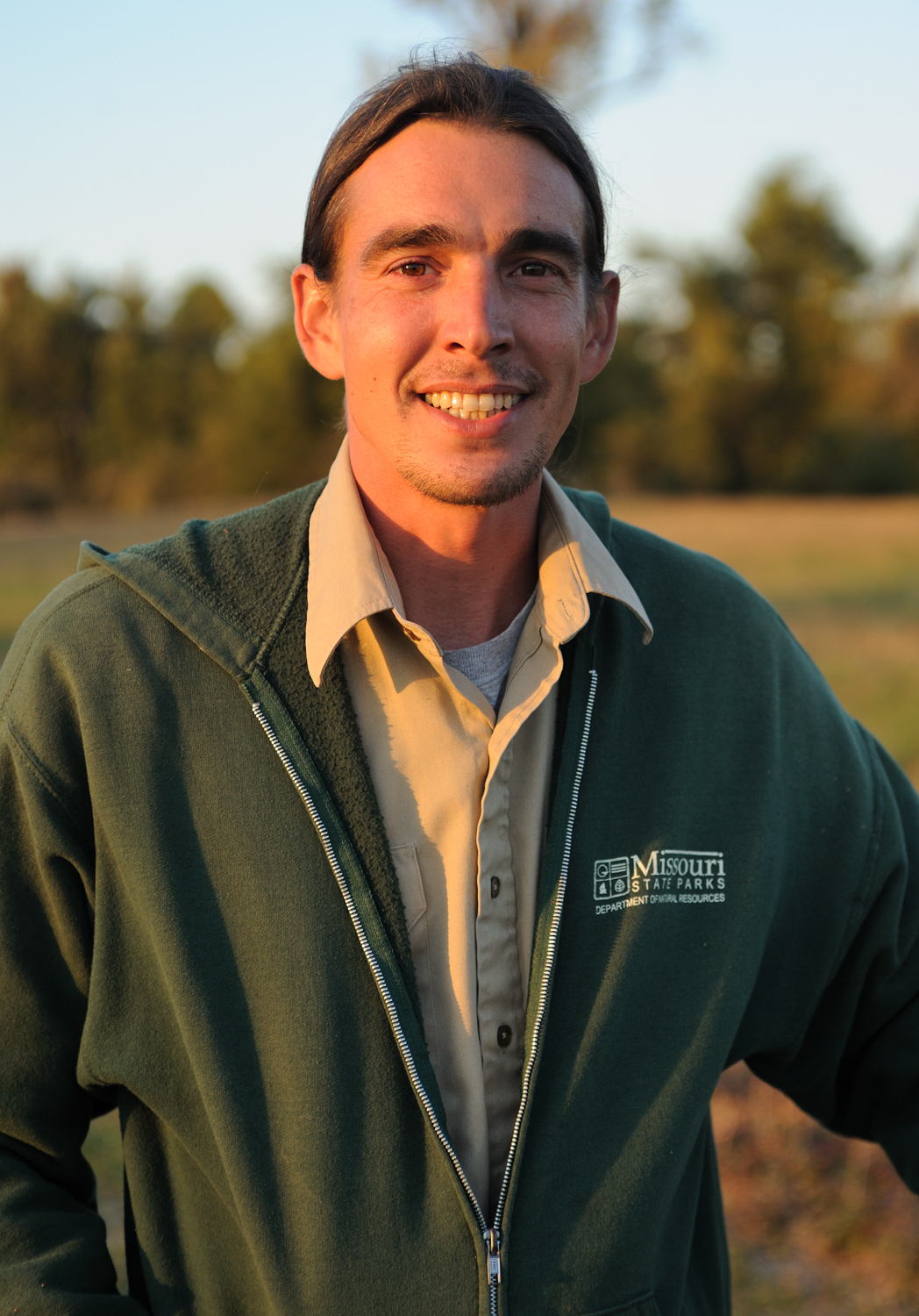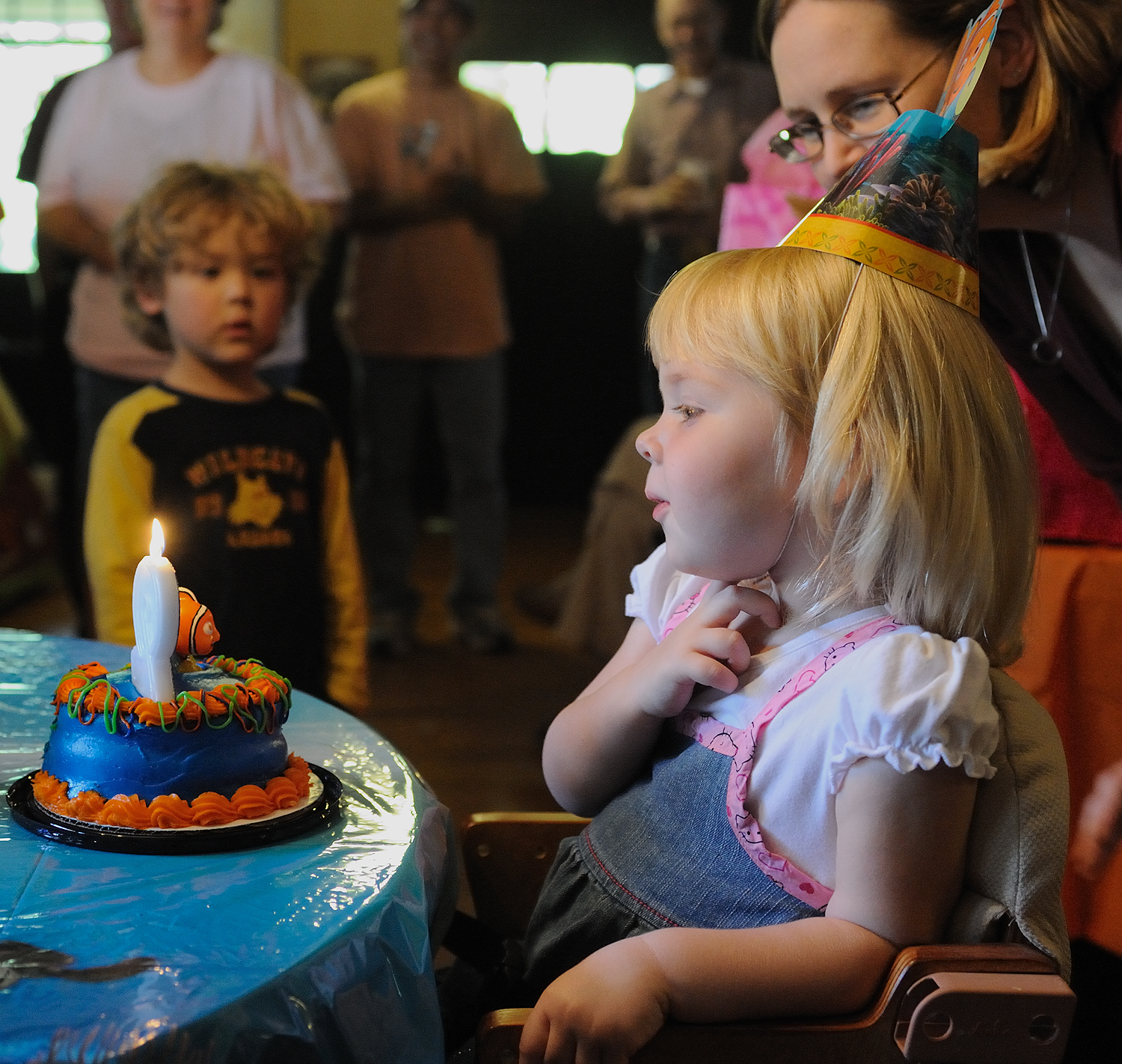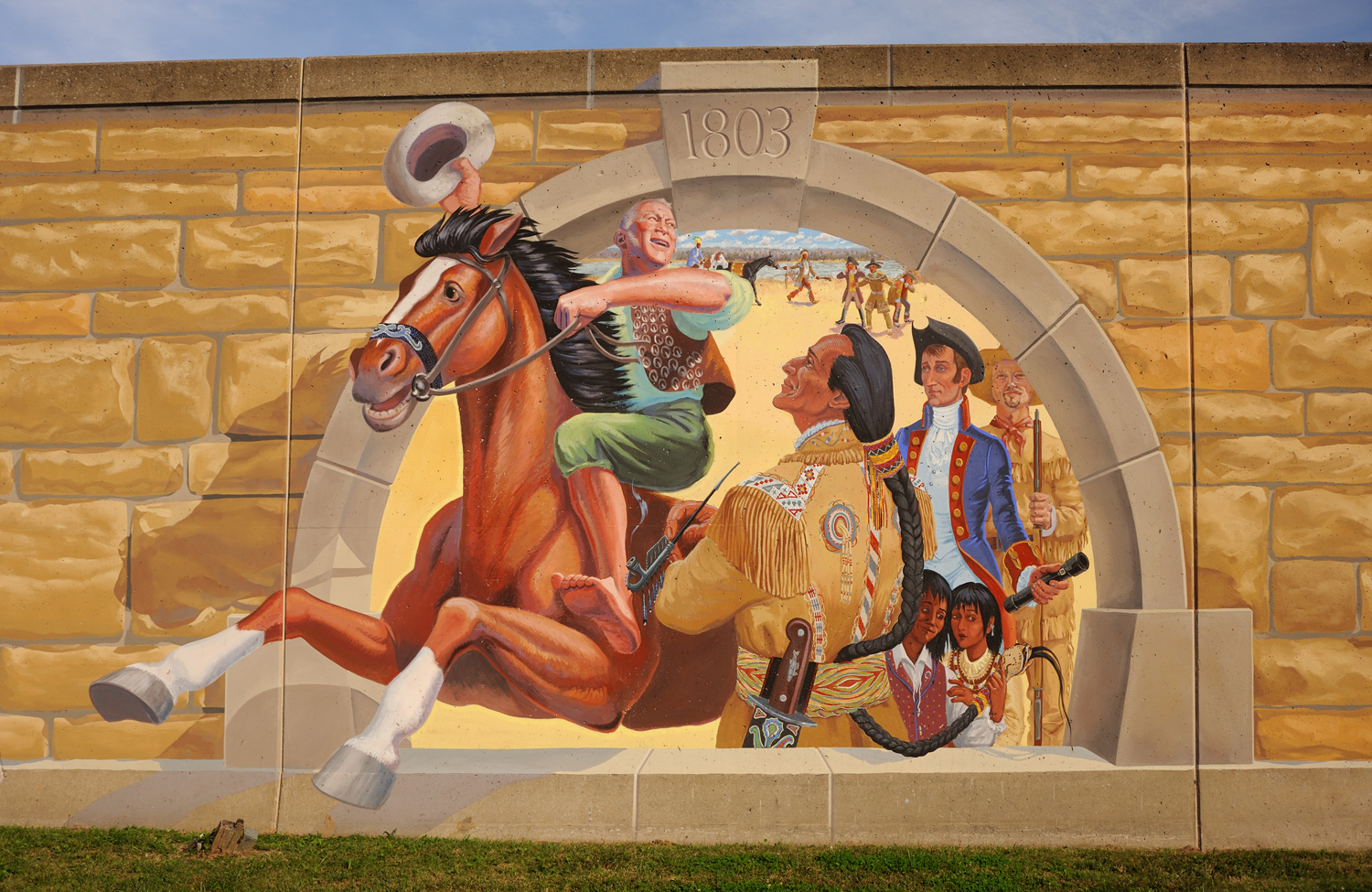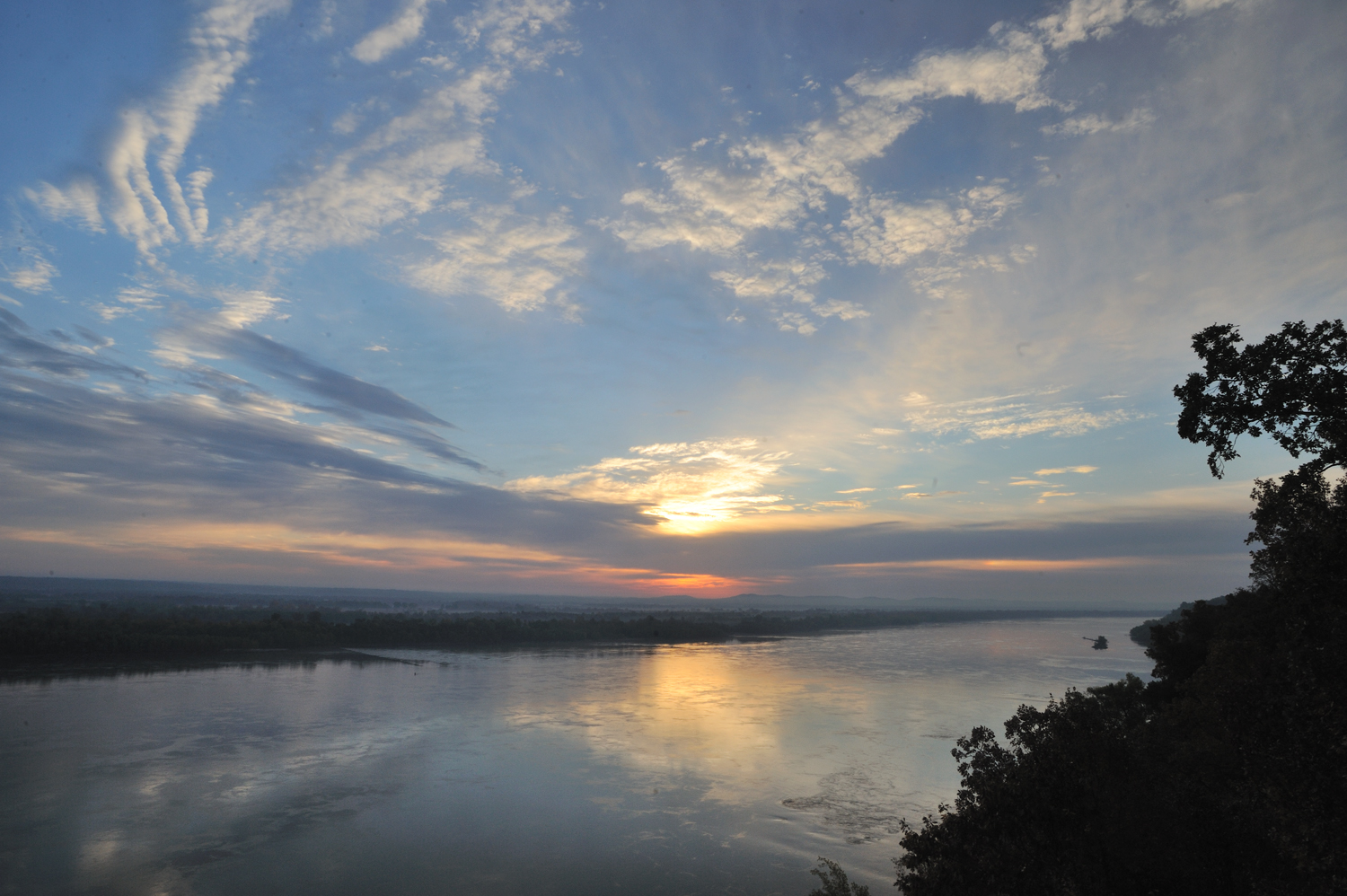To continue…interesting people that I meet in crazy, interesting ways…
Tommy Polk, the singer/songwriter who owns the Big Pink where I stayed in Clarksdale, told me I must try to meet Eden Brent when I get to Greenville. Eden is a talented jazz and blues singer. (I’m listening to her music right now and she’s great!) I left a message for Eden and although she was on tour in Chicago, she called me back right away. After we had talked about five minutes and laughed most of that time (she’s a hoot), she said, “You have got to meet my Daddy. I’m going to call him right now.” Less than ten minutes later, I had a call from the hotel desk that there was a visitor waiting for me in the lobby. Mr. Howard Brent, Eden’s Daddy, had come to meet me and tell me I was invited to a party at Doe’s Eat Place and that he would be back to pick me up in 45 minutes! Welcome to Greenville!
There are franchised Doe’s Eat Places, including one in my home town, but this is the original. They have been right here since 1941. The man at the grill is “Baby Doe” who replaced his Daddy, “Doe Junior”, who replaced his Daddy, “Big Doe”. It’s in a little frame building in a rough part of town with no parking to speak of, so Doe’s hires a policeman to direct traffic and see that people get safely in and out. After passing through the kitchen where the walls are covered with photos and postcards and Baby Doe is tending enormous steaks, you squeeze behind the woman making salads. I didn’t get her name but she knew everyone and hugged each as they came by. Then, you pass by the enormous stove covered with skillets and French fries and into the dining room, jam-packed with people at tables covered with an assortment of vinyl tablecloths.
After passing through the kitchen where the walls are covered with photos and postcards and Baby Doe is tending enormous steaks, you squeeze behind the woman making salads. I didn’t get her name but she knew everyone and hugged each as they came by. Then, you pass by the enormous stove covered with skillets and French fries and into the dining room, jam-packed with people at tables covered with an assortment of vinyl tablecloths.  It was noisy, friendly and fun. The back room had been reserved for the party which was in honor of a local Doctor. A card table in the corner quickly filled up with an assortment of wine and liquor as people brought bottles in with them.
It was noisy, friendly and fun. The back room had been reserved for the party which was in honor of a local Doctor. A card table in the corner quickly filled up with an assortment of wine and liquor as people brought bottles in with them.
I was scooped up, swept in and welcomed warmly. There was not one second of feeling like an outsider. Conversation is an art form in this part of the country and it flows in lively, non-stop waves, swirling from topic to topic and person to person. I just enjoyed the ride.
Mr. Howard (or Cap’n Howard as I heard someone say) and I met the next evening during his cocktail hour at his usual place, so he could tell me a few tales of his life. He’s been a river man all of his life, as was his father and grandfather. The family had a prosperous barge towing company at a time when Greenville was home to 30 such companies. Changes came in the form of government policies and taxes that brought an end to that era, and now only one barge company remains. Greenville has suffered with the loss of those companies, he said.
Mixed in with his stories of Greenville and the Mississippi, came a tidbit of information that impressed me more than anything else he said. He has 3,500 acres of land near here and over the past several years has planted 3,000 of it in trees and signed a pledge that it will remain so for perpetuity. The same will be done this year with the last 500 acres. As I mentioned in the last post, the desire to cultivate as much Delta land as possible has left precious few stands of trees to provide shelter for wildlife, windbreaks or oxygen for us all. I told him I was proud of him for doing that and thanked him on behalf of all of us!
Many towns I have visited along the river have stories of great floods. Floods are a fact of life near the Mississippi, so I wasn’t immediately drawn to visit the museum here that tells the story of the one in 1927. But, it was mentioned to me repeatedly, so I decided to visit. I can’t do the story justice in this space, but it was more than a catastrophic flood; it was an event that changed life in Greenville forever. An excellent film produced by PBS tells a grim story of 40 steamships that came to evacuate homeless African Americans being turned away by planters who were afraid of losing their workforce. It’s a painful tale of disregard for human suffering in an attempt to preserve cotton empires, which ultimately crumbled along with the spirits of those involved. It’s a dark, sad part of the history of Greenville and I admire them for telling it honestly so current and future generations can learn from the experience.
Highway 61 is the north-south “mother road”. It may not be quite as well known as Rt. 66, but it is no less significant. It follows the general course of the Mississippi River for 1400 miles from Minnesota to New Orleans and in many places has been designated as the Great River Road. I have kept company with it for many miles during the last 2 ½ months. When Highway 61 reaches the Delta, however, it is the “Blues Highway” and becomes the stuff of legends. It shows up in many songs, from old blues classics to Bob Dylan. Robert Johnson, one of the most influential blues musicians of all time, supposedly sold his soul to the devil to be able to play like that at the intersection of Highways 61 and 49 at Clarksdale.
In Mississippi, I followed Highway 61 to Leland, a scruffy little town that makes you expect to see old men on porches playing the blues. He wasn’t old or on a porch, but I did meet a blues man. Pat Thomas was having a smoke by the door to the Highway 61 Blues Museum when I pulled up in front. He hangs out at the small museum on weekends and hopes for visitors who might tip him for playing or be interested in his folk art.
Since I was the only guest, we spent nearly an hour together. Pat’s father, James “Son” Thomas, was quite a well-known blues musician and Pat learned to play by watching his father’s fingers. Son Thomas, who passed away in 1993, also taught Pat to sculpt with clay gathered from river banks and to draw using any materials he could find. Pat told me he quit playing for a while after his Dad died, but finally he felt “kinda shamefaced” and decided he had to put his heart into it for his father. Although he has written a few songs of his own, he mostly plays the old songs to sound just like his Dad. He sometimes takes his guitar to the graveyard and it seems to Pat like he wakes his father up while he plays, but then “he gets right back down in that hole of his.”
At first I missed many of Pat’s words, until my ears grew accustomed to his speech. But, I understood his smile and his piercing hazel eyes from the first moment. He’s kind, gentle and easy-going, but perceptive and wise. He sang for me, told me stories about his father and showed me how he likes to draw cats, especially “diamond-eyed cats”. There was an innocent, joyful simplicity about him that was intertwined with something a little mysterious. I recorded him for my slide show and when I left he gave me a drawing of a diamond-eye cat and told me it came with some “hoodoo magic”.
I did a bit of online research about Pat and his father and found an interesting video. A man who has known Pat all of his life describes him as “seeing and feeling things differently than the rest of us” and especially marvels at a time he watched Pat carry a nest of wasps outside to save them from being killed and was never stung. Click here if you are interested in seeing that. Call it hoodoo or just the straightforward power of innocence; in any case I am pleased to have met Pat Thomas and happy to have his diamond-eyed cat traveling with me. See you soon – Gayle
